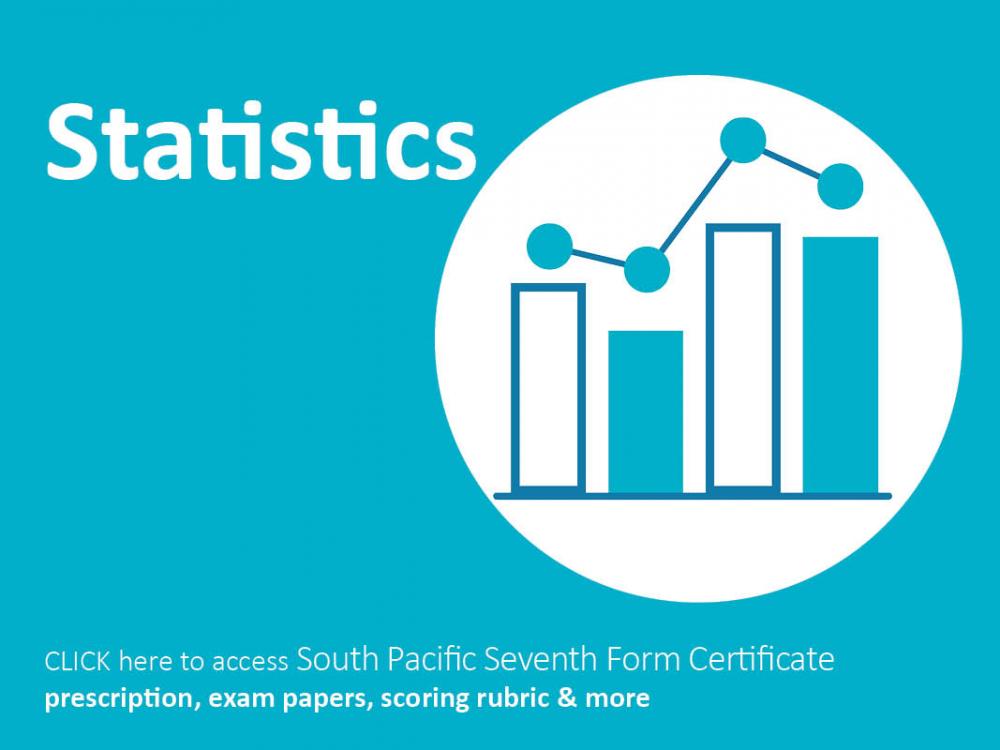
SPFSC Syllabus
(2.29 MB)
2022 Statistics Scoring Rubric
(530.88 KB)
2021 Statistics Scoring Rubric
(277.88 KB)
2020 Statistics Scoring Rubric
(560.7 KB)
2019 Statistics Scoring Rubric
(727.68 KB)
2018 Statistics Scoring Rubric
(786.05 KB)
2017 Statistics Scoring Rubric
(338.35 KB)
This course aims to help students realise the importance of statistics and modelling as a means for understanding what is happening in the real world.
By the end of this course, students will be expected to:
1. Develop knowledge and skills related to Probability in order to solve problems and to investigate situations involving elements of chance (Strand: Probability).
2. Model situations using graphical methods to solve problems (Strand: Modelling Using Graphical Measures).
3. Carry out statistical investigations and understand statistical processes (Strand: Statistical Investigations).
4. Use numeric and algebraic methods to solve problems (Strand: Numerical and Algebraic Methods).